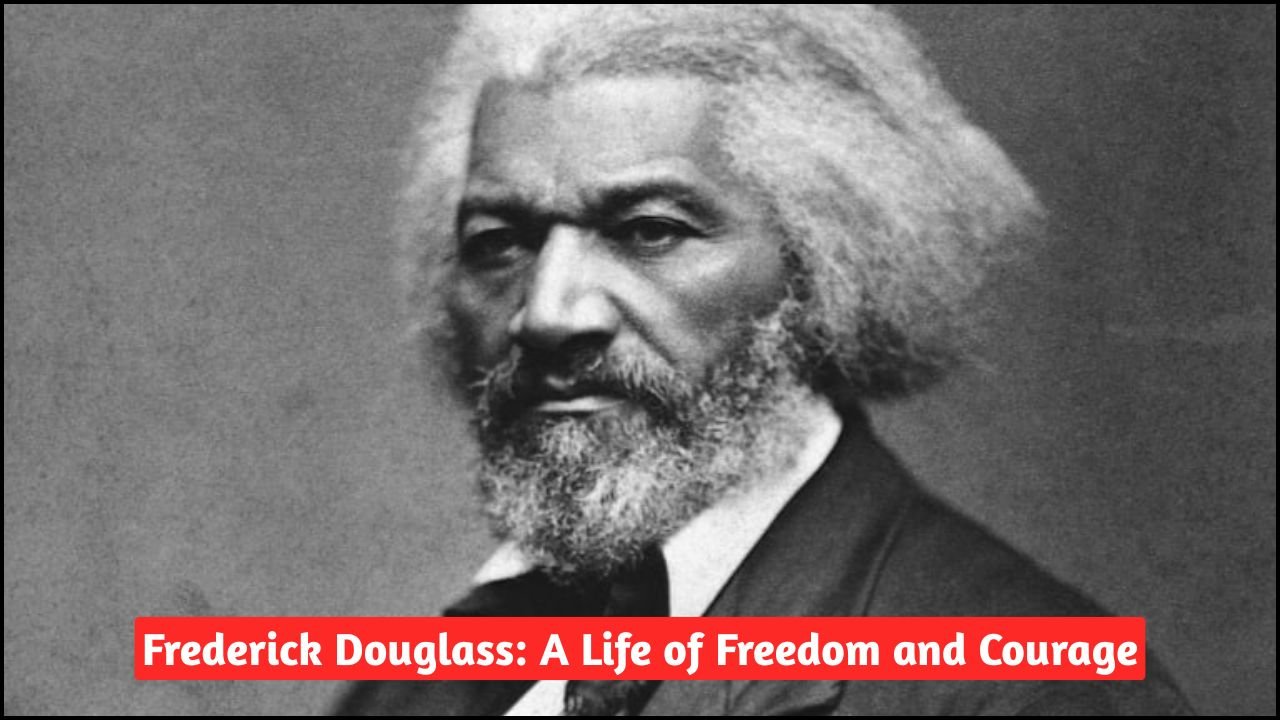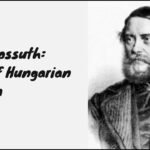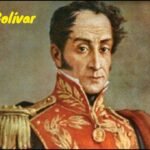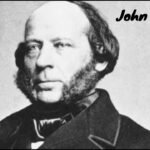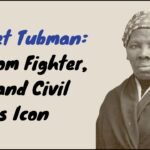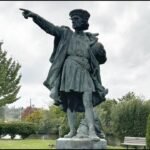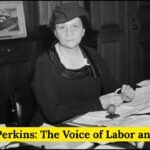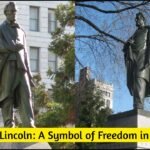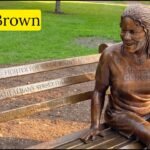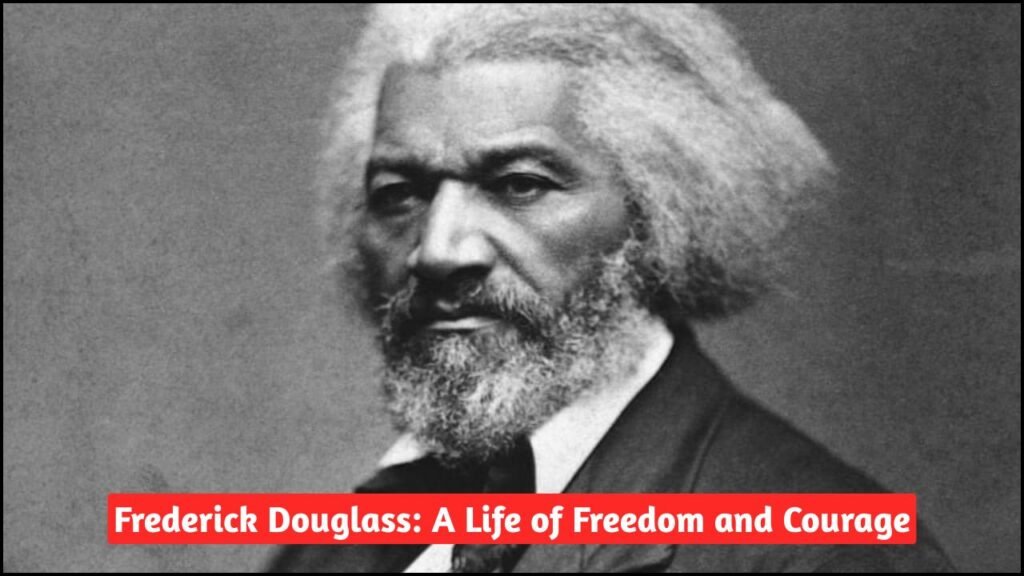
Frederick Douglass is one of the most important figures in American history. His life story of escaping slavery and fighting for freedom inspires people even today. The bronze statues of Douglass, located at 170 Central Park West, New York, stand at the entrances of the New-York Historical Society. These statues symbolize the struggle for freedom and the rich history that shaped America.
Frederick Douglass was born in 1818 on Maryland’s Eastern Shore as a slave. His early years were full of hardship and cruelty. However, Douglass’s courage and intelligence helped him break free from slavery. In 1838, he escaped to New York by boarding a train using borrowed identity papers of a free black man. His arrival in New York marked the beginning of a new life as a free man. Douglass later became a powerful speaker, writer, and leader in the abolitionist movement, which fought to end slavery in the United States.
Early Life of Frederick Douglass
- Birthplace and Year: Born in 1818 on Maryland’s Eastern Shore.
- Status: Born into slavery, Douglass experienced the harsh realities of being a slave.
- Family: Separated from his mother at a young age, as was common for slaves.
- Education: Forbidden to learn reading and writing, but secretly taught himself.
- Escape: Escaped slavery in 1838 by traveling north with fake papers.
Journey to Freedom
Frederick Douglass’s escape was dangerous but full of hope. He described his first moments as a free man vividly:
- “After an anxious and most perilous but safe journey, I found myself in the big city of New York, a free man—one more added to the mighty throng which, like the confused waves of the troubled sea, surged to and fro between the lofty walls of Broadway.”
His words show the mixture of fear and excitement he felt. The bustling city of New York represented a new start where he could live freely and fight for the freedom of others.
Role in the Abolitionist Movement
Frederick Douglass became a leading voice in the fight against slavery. His efforts included:
- Public Speaking: He traveled widely, giving powerful speeches against slavery.
- Writing: Authored several autobiographies and articles that revealed the brutal truth about slavery.
- Political Activism: Worked closely with political leaders to push for the end of slavery.
- Advisor: Served as an advisor to President Abraham Lincoln during the Civil War.
The Bronze Statues at New-York Historical Society
- Location: 170 Central Park West, New York, NY 10024, USA.
- Material: Life-size bronze figures.
- Significance: The statues symbolize freedom and the fight against slavery.
- Placement: Positioned at each entrance of the New-York Historical Society, welcoming visitors.
- Purpose: To educate and remind people of Douglass’s contributions to American history.
Frederick Douglass’s Autobiography
Douglass’s writing played a major role in telling the story of slavery and freedom. Key points about his autobiography:
| Aspect | Details |
|---|---|
| Title | Narrative of the Life of Frederick Douglass, an American Slave |
| Content | Describes his life as a slave and his escape to freedom |
| Impact | Raised awareness and support for abolition |
| Style | Honest, detailed, and emotional |
| Publication Year | 1845 |
His autobiography remains a powerful example of how personal stories can change history.
Legacy of Frederick Douglass
Frederick Douglass’s life left a lasting impact on America:
- Human Rights: He became a symbol of the fight for equal rights for all.
- Education: Inspired many to seek knowledge as a path to freedom.
- Social Justice: Encouraged activism against injustice and discrimination.
- Influence: His ideas shaped the Civil Rights Movement decades later.
Summary: Frederick Douglass’s Life
| Category | Details |
|---|---|
| Born | 1818, Maryland, USA |
| Status at Birth | Slave |
| Escape Year | 1838 |
| Place of Freedom | New York City |
| Main Roles | Abolitionist, Speaker, Writer, Political Advisor |
| Famous Work | Autobiography (Narrative of the Life) |
| Historical Importance | Key figure in ending slavery and promoting human rights |
| Statue Location | New-York Historical Society, NYC |
Parting Insights
The story of Frederick Douglass is one of bravery, hope, and determination. His journey from slavery to freedom and his lifelong fight for justice are reminders of the power of courage and education. The statues at the New-York Historical Society stand as a tribute to his legacy and inspire future generations to continue the fight for equality and freedom. Frederick Douglass’s life teaches that freedom is precious and worth striving for, no matter the obstacles.
